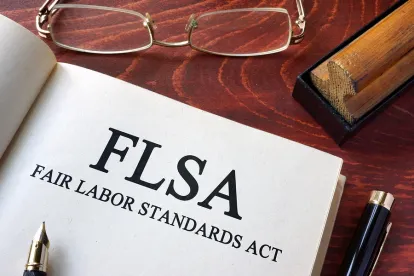Employers now have a clearer picture of how to determine whether a worker is classified as an employee or independent contractor under the Fair Labor Standards Act (FLSA) thanks to a new final rule from the U.S. Department of Labor (DOL), effective March 8, 2021. This test is significant for employers because under the FLSA, independent contractors are not eligible for minimum wage or overtime compensation.
Many state courts and agencies have already adopted tests similar to this “economic reality” test codified by the DOL’s new rule. The “economic reality” test is a multi-factor test that has been used by the DOL in the past to determine whether a worker is an employee or independent contractor. This final rule is similar to the initial rule proposed by the DOL last September. Ultimately, the key question is whether the worker is dependent on the employer, indicating the worker is an employee, or is in business for the worker’s benefit, indicating the worker is an independent contractor. This final rule “sharpens” the economic reality test by enumerating five factors to determine whether a worker is considered an employee under the FLSA:
-
The nature and degree of the worker’s control over the work (e.g., the worker’s ability to set a schedule, select projects and work for others).
-
The worker’s opportunity for profit or loss (e.g., through the exercise of personal initiative, skill or business acumen, and through investments or capital expenditures).
-
The amount of skill required for the work (e.g., whether the work requires a specialized skill or the worker depends on the employer for training).
-
The degree of permanence of the working relationship between the worker and the potential employer (e.g., whether the work is definite or indefinite in duration).
-
Whether the work is part of an integrated unit of production (or is segregable from the employer’s production process).
The first two factors are given the most weight. If both of these “core factors” indicate the same classification, then there is a “substantial likelihood” that the resulting classification is correct. However, if the application of the first two factors leads to different conclusions, the remaining three factors should be considered, as well.
With this additional guidance, employers have more information to help structure their relationships with workers and define which workers qualify as independent contractors, though it may not necessitate many immediate practical changes. Employers should continue to be cognizant of and comply with any state and local laws regarding worker classification, which may not be identical to the DOL’s rule. It is also possible that the Biden administration will affect changes to this new rule or its implementation.




 />i
/>i

